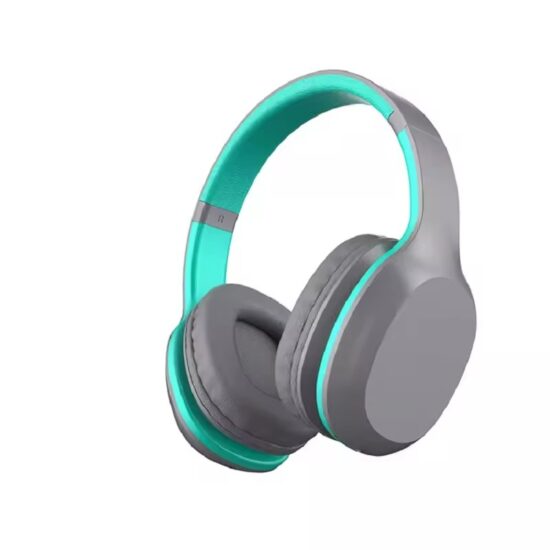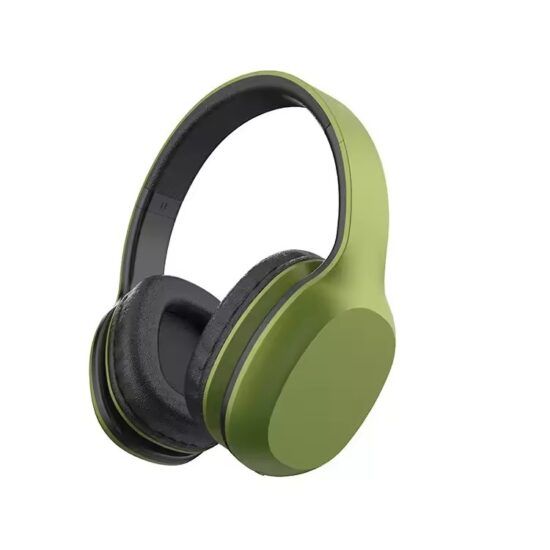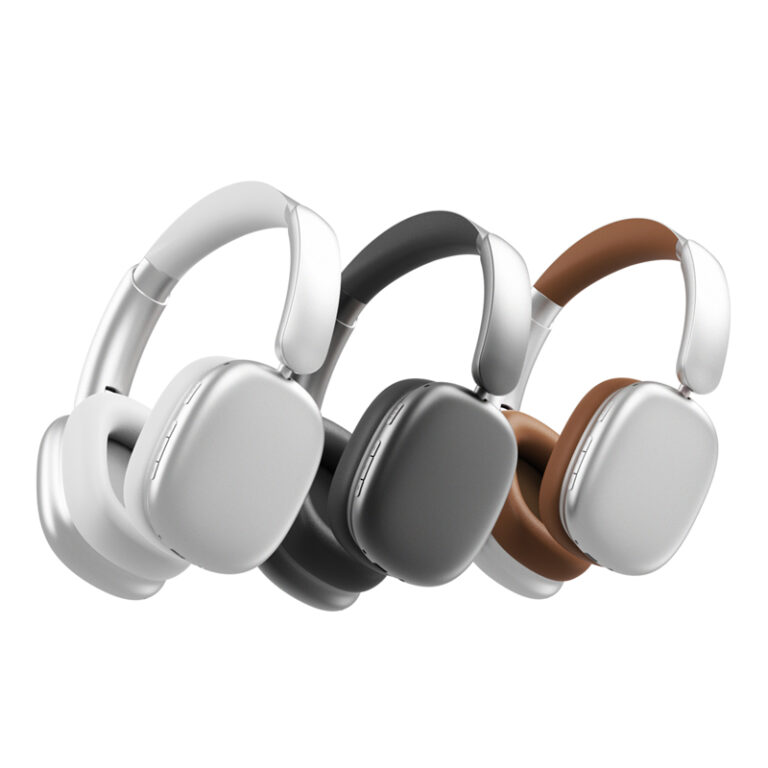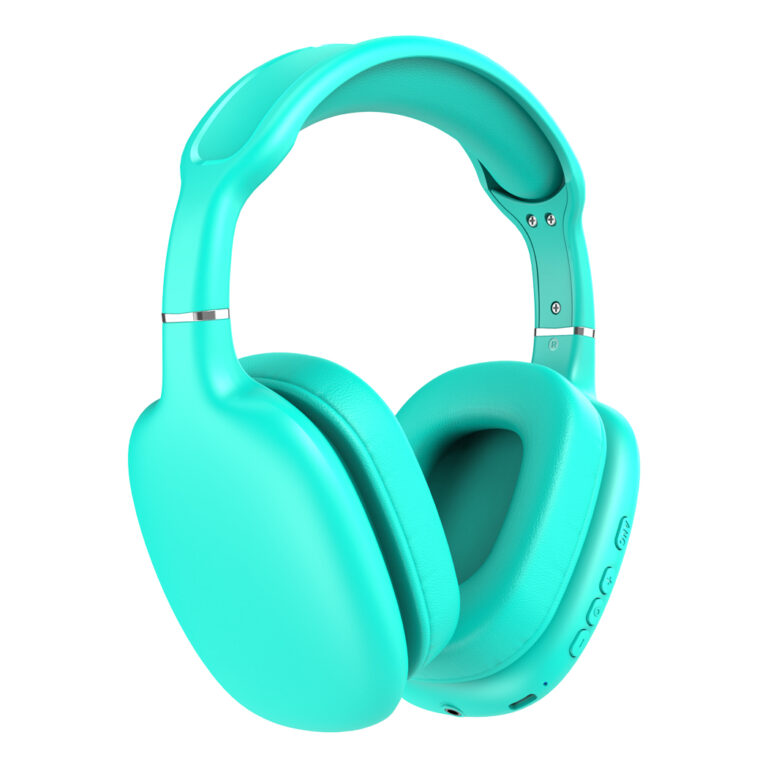jay@nbdho.com
Key Elements of Comfort Design in Over-Ear Headphones
When choosing or designing over-ear headphones, comfort is just as important as sound quality. Users often wear headphones for extended periods—during work, travel, or gaming—so poor design can lead to fatigue, discomfort, or even physical pain. Comfort is determined by several interconnected elements, all of which must be carefully considered during product development. Here are the key design aspects that contribute to comfort in over-ear headphones.
-
Ear Pad Material and Shape
The ear pads are in constant contact with the user’s skin, making their material and shape essential for comfort. Common materials include memory foam, protein leather, velour, and cooling gel-infused foam. Memory foam adapts to the user’s head shape, creating a personalized seal that also helps with passive noise isolation.
The shape and depth of the ear cups affect how the ears sit inside. Oval-shaped pads often provide better coverage than round ones. Pads that are too shallow may press against the ears, while those that are too soft may collapse over time, reducing support.
-
Clamping Force
Clamping force refers to the pressure the headphone exerts on the sides of the head to stay in place. While some clamping is necessary for stability and sound isolation, too much can lead to headaches and discomfort, especially during long sessions.
Manufacturers must strike a balance between secure fit and gentle contact. Adjustable sliders, flexible headbands, and well-distributed weight all help reduce excessive pressure without sacrificing fit.
-
Headband Design and Padding
The headband carries much of the headphone’s weight. Poorly designed headbands can cause pressure points on the top of the head, resulting in pain or skin irritation. A wide, well-padded headband made from lightweight yet durable materials can distribute weight more evenly.
Some headbands include suspension systems or split bands that contour to the user’s head automatically. Materials such as silicone, leather, or mesh fabric add comfort and help manage heat and sweat during extended wear.
-
Weight Distribution
Overall headphone weight is important, but how the weight is distributed matters even more. Heavy components should be evenly placed to avoid imbalance. Poor distribution can make headphones feel heavier than they are, especially if most of the mass sits too far forward or back.
Lightweight materials such as aluminum alloy, magnesium, or reinforced plastic reduce strain. However, the quality of internal assembly also plays a role in keeping weight balanced across both ear cups and the headband.
-
Breathability and Heat Management
Extended headphone use can lead to heat buildup around the ears. This is especially true for closed-back designs. To combat this, breathable materials like velour or mesh fabrics can be used in the ear pads and headband. Some headphones also feature ventilation channels in the ear cups to improve airflow.
Good breathability prevents moisture buildup, reduces skin irritation, and increases long-term comfort, particularly in warm environments or during physical activity.
-
Adjustability and Fit Customization
A comfortable headphone must accommodate a wide range of head sizes and shapes. Adjustable headbands, swiveling ear cups, and tilt mechanisms allow users to find the most natural fit. Some designs include memory hinges or self-adjusting frames that adapt automatically.
For manufacturers and OEM clients, offering modular designs or multiple size options can help serve broader markets and reduce return rates due to fit issues.





